In recent years there has been increased scrutiny of the impact that taking head knocks in contact sports can have, especially on young people.
Rugby league player Rob Burrow’s death earlier this month – aged only 41 – was a stark reminder of the awful consequences of Motor Neuron Disease (MND).
His friend and former Scotland rugby union international, Doddie Weir, also died in November 2022 after battling with the same debilitating condition.
Some studies have correlated the risk of developing the disease with playing contact sports like rugby. This comes among other research linking concussion to a possible increased risk of developing dementia.
But despite increasing concern around the long term impact of blows to the head, local organisers and volunteers at the grassroots of contact sport argue there are a huge number of mental and physical benefits to be had for those taking part.
‘You can’t replicate rugby’
Ruth White is Strathmore RFC’s former secretary and is still heavily involved with the Forfar-based rugby union club.
“Rugby is great for building resilience in a way that other activities can’t replicate”, she says.
“It encourages young people to not be afraid of taking knocks in real life and about how they respond to them.”
Strathmore RFC and the Strathmore Rugby Community Trust offers opportunities for youngsters to get involved in rugby in Angus.
“It builds a huge amount of self-confidence, discipline and respect for others”, adds Ruth.
“We can’t forget that rugby is a contact sport, which means it wouldn’t work if it wasn’t played in a disciplined way.”
A University of Glasgow led study published in 2022 found that former Scotland international rugby players were 15 times more likely to develop MND.
It also found that they were 2.5 times more likely to develop neurogenerative diseases.
Strathmore, like other clubs in the area, follow a framework set out by Scottish Rugby when developing young players.
Players stepping into the fold at Primary 1 age take part in a form of the game which is completely non-contact.
They focus on developing basic skills, such as handling and teamwork, until they reach Primary 4.
Ruth describes this stage as being about “building the values and standards that are so important in our game”.
Contact is then introduced in stages from Primary 4 to 7. The club uses this time with the youngsters as an “opportunity to build safe techniques”.
‘Not possible to mitigate’ against all contact sports risks
Physicality starts to become a more prominent part of the game when kids reach secondary school and start participating in the youth rugby set-up.
“They are naturally bigger and have been able to build up to playing a full-contact sport”, says Ruth.
“We can’t completely de-risk the sport and it is not possible to mitigate against all those injury risks in rugby.
“But it has to be played with mental resilience, controlled discipline and responsibility.
“If you look at World Rugby, there is now a zero tolerance approach. It is so important that the key tenets of rugby are followed, which are playing with respect and controlled discipline.
“Rugby is so valuable to the human spirit and you can’t wrap anyone in cotton wool. It builds personal responsibility and fair play.”
Ruth has three boys who all play rugby and understands how it feels to sit in the A&E department after an injury.
“It’s not nice, but I think they gain a strength from that. They become willing to take risks out in the world because they have been conditioned better.
“We have detailed and robust processes in place to deal with head injury. The injured player is immediately taken off the pitch and takes at least two weeks out.”
Scottish Rugby’s concussion policy is that a player can only return to training two weeks after suffering a concussion.
This is irrespective of age and that player cannot return to playing in a full-contact match until three weeks after a concussion.
Strathmore rugby club work with Angus Physiotherapy and the Kirriemuir Health Centre to help players who do become injured.
How important are contact sports for youngsters?
Kanzen Karate has become something of an institution in Dundee, with over 1,000 members from Angus, Dundee and north east Fife.
Most of its attendees are children, with its youngest participant 3-years-old and it’s oldest 76-years-old.
(Sensei) Roy O’Kane is Kanzen Karate’s chief officer and senior instructor.
“Sport is so important for young people, in terms of health and helping them mix with others”, he says.
“Embedded physical activity sticks with a young person because it is building that habit of physical exercise.
“Children are essentially blank canvases, so you’re showing them the importance and the gains to be had from karate in a safe space.
“They are also experiencing what it is like to be part of something bigger than yourself.”
How does Kanzen Karate keep children safe?
Like any sport involving an element of contact, karate does carry inherent risks.
However, it has also been linked to benefits in mental health for youngsters, and in improvements in fitness and coordination.
When it comes to head knocks and other risks involved with martial arts, Roy says that safety measures are paramount.
“We keep children safe by using a variety of rules, equipment, boundaries and risk assessments”, he says.
It’s very important to keep young people as safe as possible.
“Various pads are used to keep each other safe.
“Karate teaches young people more about themselves. It’s about learning how to turn losing into success and other important life lessons.
“It does introduce the element of risk and of competing with each other to young people.”
Roy believes more needs to be done when it comes to encouraging young people into taking up a sport, rather than warning them off.
“I want to stress the importance of physical activity and I don’t think we’ve got the balance right in the UK yet.
“It is not embedded enough in schools. If you are able to encourage kids to take up a sport then you are going to see a huge cost benefit for the NHS.”
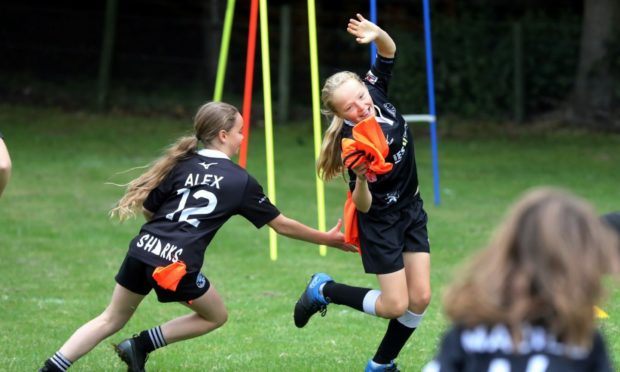
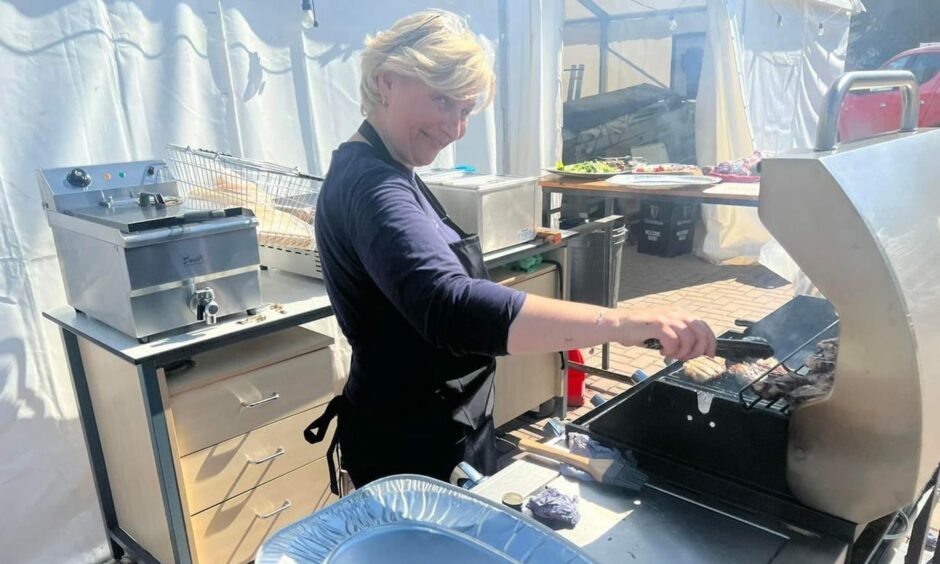
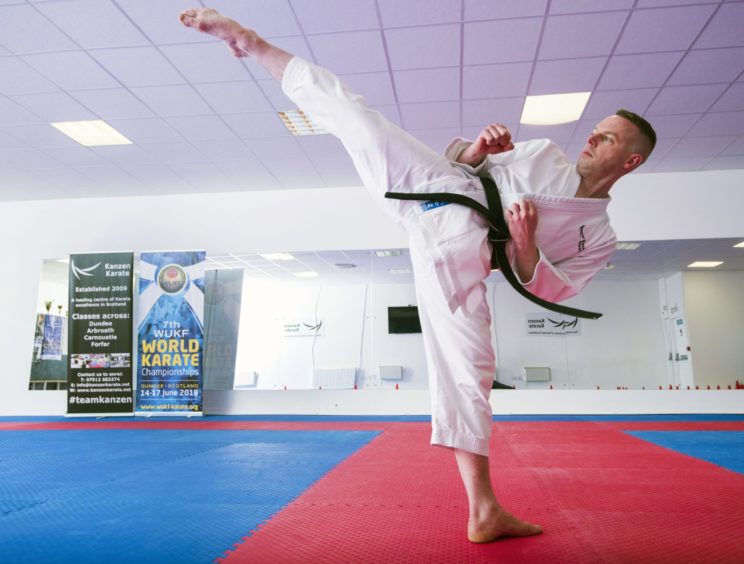



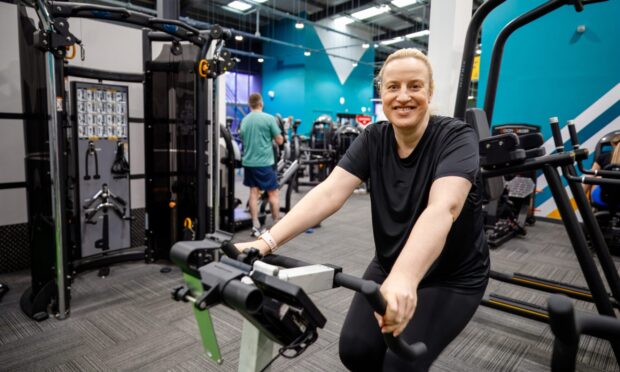
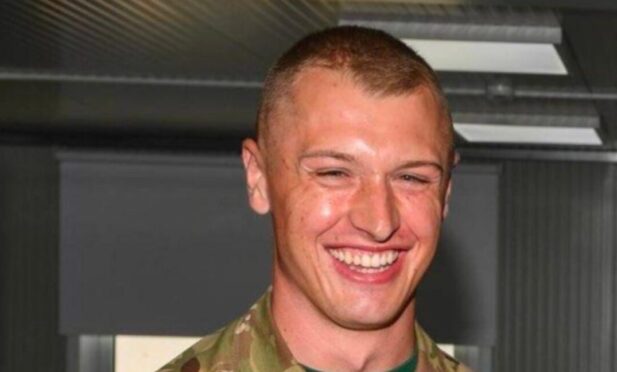





Conversation